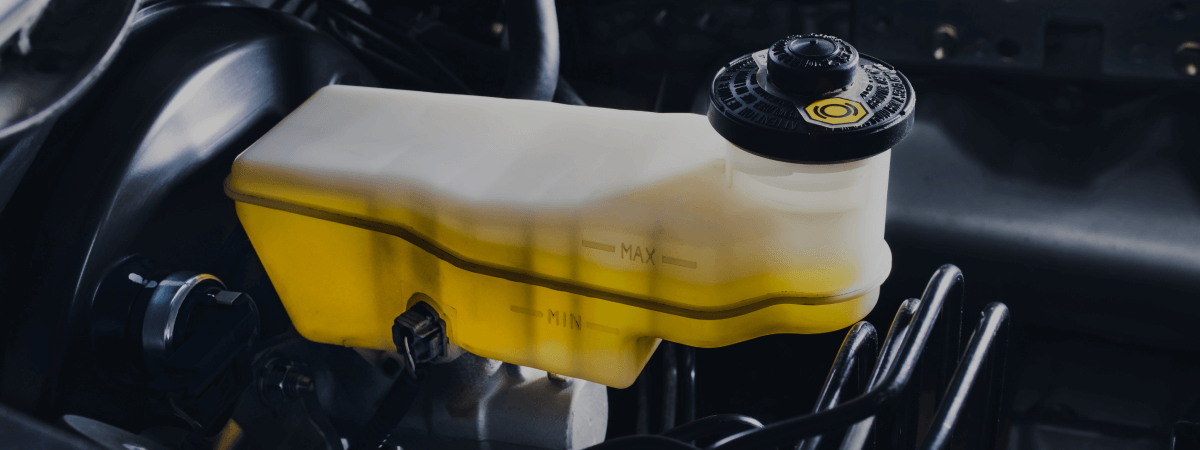
In a step to further prevent the likelihood of drunk driving, the National Highway Traffic Safety Administration (NHTSA) has created a prototype of an in-car drunk detection system that would prevent operation of a vehicle by a driver who is under the influence of alcohol. The name: DADSS, or Driver Alcohol Detection System for Safety. NHTSA has been working with automotive industry members to make the system a reality and recently presented before Congress and Mothers Against Drunk Driving (MADD) the prototype’s potentials for stopping drunk-driving accidents before they happen.
So how exactly does the system work? There are two ways, actually. The first method involves a touch-based mechanism. Drivers would simply touch the steering wheel as per usual, and a built-in touch detector centered around the steering wheel would use an infrared scanner to analyze the topmost layer of the driver’s skin. This scanner would then report the chemical concentration of alcohol in the driver’s body back to the car. If the blood alcohol concentration (BAC) is above the legal 0.8-percent blood-alcohol level, the car won’t start.
The second method makes use of a breath-based mechanism. The breath-based system is, of course, more hands off, and it wouldn’t require a deep inhale and exhale into a tube. Rather, the system would be more of an ultra-sensitive breathalyzer that makes use of an infrared beam of light to gather data on the driver’s BAC level. The gathered data passes through a different series of protocols to report the final BAC level to the car, but the concept is very much the same: a BAC of 0.8 percent or more, and the car won’t start.
Both systems are designed to be as unobtrusive as possible, putting them a step above cars with built-in breathalyzers.
The touch-based in-car drunk detection system is currently being developed by Swedish automotive supplier Autoliv, while the breath-based system is being developed by Japanese supplier Takata. Looking into the future, it looks as though these systems won’t be available for cars for at least another five years. NHTSA has outlined a five-year testing period for the DADDS system, after which it plans to send them over to the market as soon as possible. Still for NHTSA to sort out: whether these systems would be an infringement to personal freedom, and the still-very real possibility of the system producing a false reading.
Related Posts
Key Takeaways On average, passenger vehicle tires last 40,000 to 60,000 miles, depending on type, driving habits, and maintenance. Replace tires when tread depth reaches 2/32”, if damaged, or older than 10 years. Regular rotation, alignment, and proper inflation extend tire life. Aggressive driving, poor roads, and harsh weather shorten tire lifespan. Take advantage [...]
When you think about car maintenance, you probably focus on oil changes, tire rotations, and maybe even brake pad replacement. But what about your brake fluid? If you’ve ever wondered, “What does brake fluid do?” or “Why is brake fluid important?”, you’re not alone. Brake fluid might not be the most talked-about part of [...]
Is that high-pitched squeal from your brakes driving you—and everyone else—crazy? Don’t ignore it. Squeaky brakes aren’t just annoying, they’re your car’s way of saying something needs attention. Whether you're cruising through Salt Lake City or winding up Idaho’s mountain passes, here’s what’s likely going on, how you can fix it, and when it [...]





